How to Make the Most of Your Make-Ahead Meals

While the pros at America’s Test Kitchen were developing recipes for their latest cookbook, The Complete Make-Ahead Cookbook, they actively tested and tasted storing dishes along the way. For an accurate comparison taste-test, they always tasted the food that had been stored in the fridge or freezer alongside a just-made version.
They learned a few tricks through their thorough testing, tricks that can guarantee the best possible results when it comes to preparing make-ahead recipes. Whether you are stashing food in the freezer, holding it for a couple days in the fridge, or prepping entrées ahead so they are ready to cook the next day, here are America’s Test Kitchen tips to ensure the very best results.
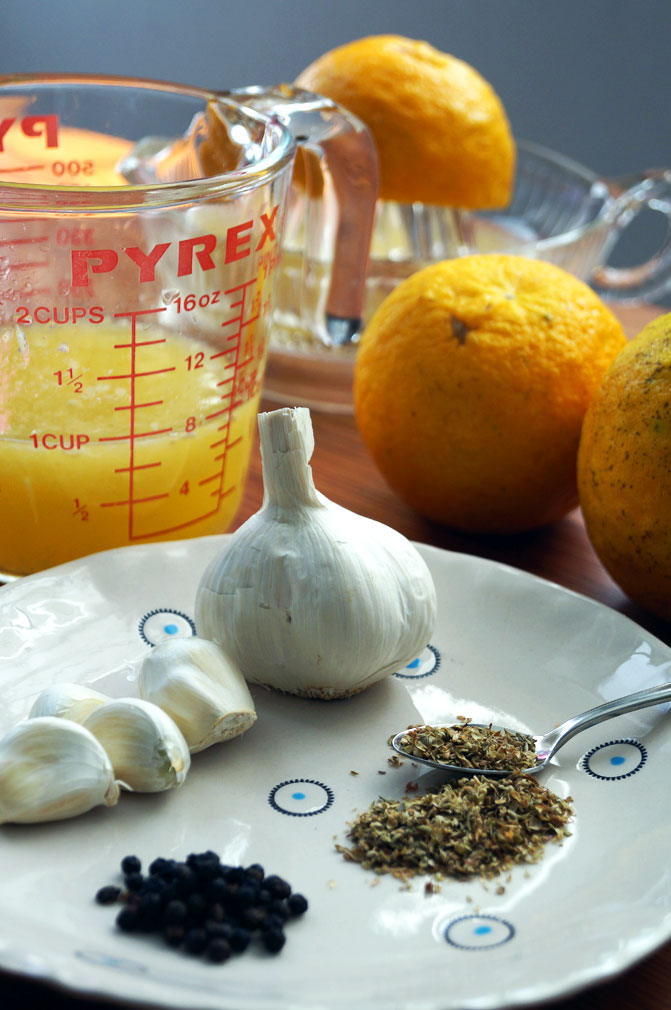
“First, build flavor overnight with rubs and marinades. Bold spice rubs and marinades infuse meat, poultry, and fattier fish (such as salmon and swordfish) with flavor, especially if you build in time for them to work their magic overnight.”
The Test Kitchen cooks found that the most important ingredient in any spice rub or marinade is salt. It does an amazing job of not only enhancing flavor, it also helps proteins retain their natural juices when cooked, which prevents the meat from drying out.
“In a marinade or rub, salt draws the other flavors into the meat, seasoning the meat throughout. Most marinades and spice rubs are a snap to prepare and rely on pantry ingredients, and sometimes there's an added benefit beyond flavor: Applying a rub and air-drying a chicken in the fridge overnight will result in ultra-crisp, crackly skin as well as incredibly moist, flavorful meat.”
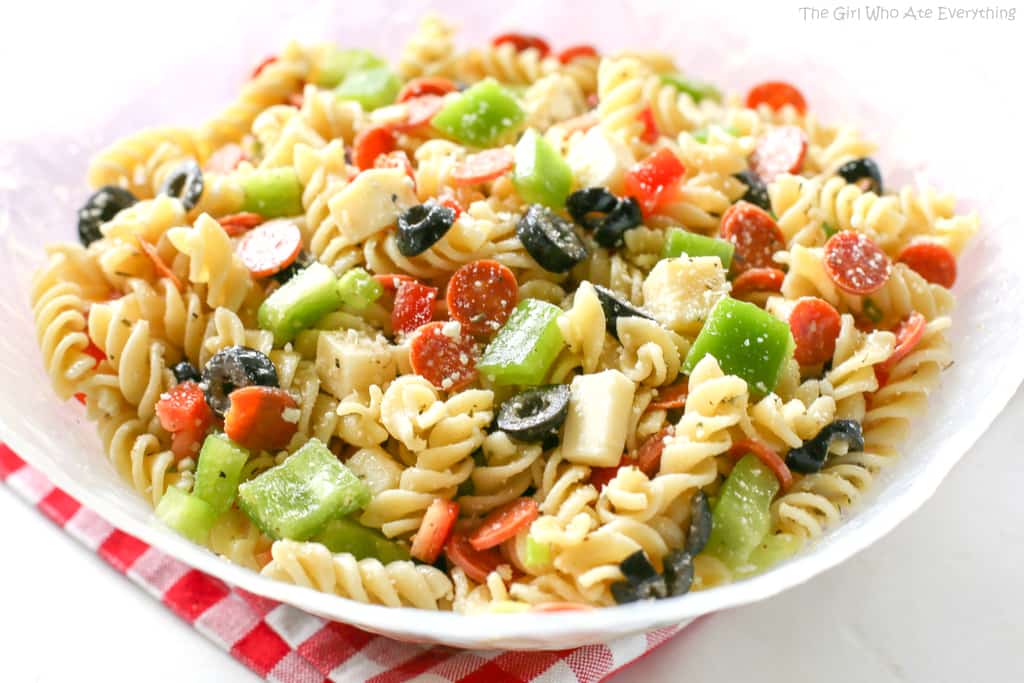
“Second, 2. Loosen and refresh. When trying to reheat things like soups and braises, they often become too dry or too thick (due to some evaporation in the refrigerator). To solve this, add extra liquid as needed while reheating. A splash or two of hot water will refresh dishes like pasta salad. The Test Kitchen research also found that to keep cooked grains and their dressings vibrant, it’s best to store them separately.”
Third, deliberately chill. Besides preserving things like casseroles and salads for the next day, in some cases, chilling a dish can actually improve it. For many recipes, a stay in the fridge helps flavors to meld (i.e. potato salad, chicken tortilla soup, chili, and so on).
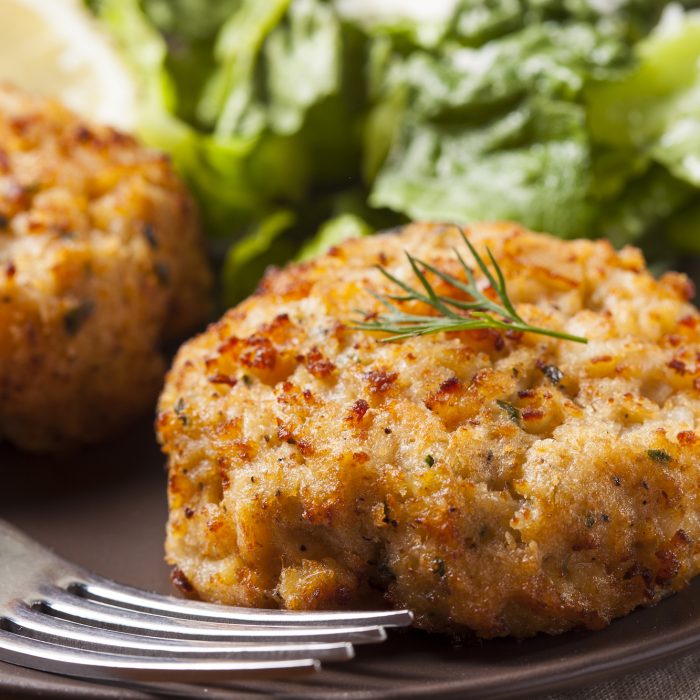
When developing recipes for The Complete Make-Ahead Cookbook, Test Kitchen tasters generally thought that reheated soups and stews tasted better the next day. After an overnight chill, their flavors were more integrated and fuller tasting. Many burgers and seafood cakes also benefit from chilling; they firm up and hold together better when you cook them. And desserts such as peach or blueberry pie require some time in the fridge to set up properly (a fact you can use to your advantage when entertaining).
“Fourth, plan time for thorough thawing. The Test Kitchen pros did a lot of testing to determine the best way to freeze and reheat casseroles, pies, and more. They achieved the best results when they allowed frozen raw casseroles to thaw completely in the refrigerator before being baked. This step helped preserve moisture and flavor, since freezing dries out food.
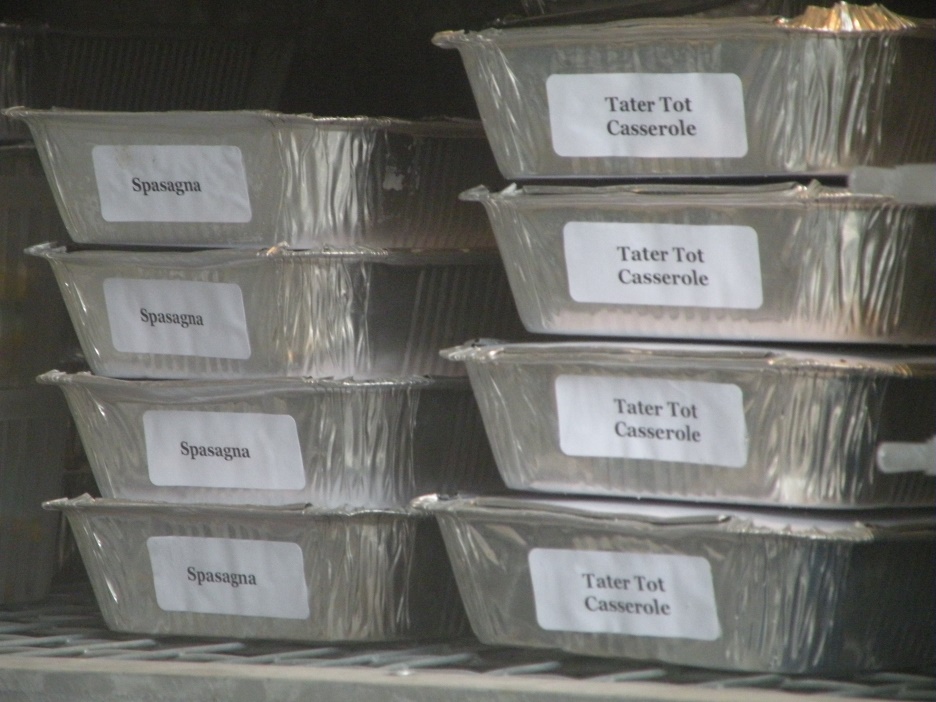
“Frozen casseroles are basically big blocks of ice that can take up to 48 hours to thaw, so you want to plan accordingly. To test if a casserole is fully thawed, stick a knife in the middle. The Test Kitchen pros also found that unbaked double-crust fruit pies freeze well because they are relatively small and less dense than casseroles; they can go straight into the oven without defrosting first.
“Finally, add certain ingredients at the last minute. When making a dish ahead, it’s best to wait to add certain ingredients until just before serving. The reasons for this vary: In some recipes, it was to preserve the texture of ingredients like cherry tomatoes, delicate greens, or toasted nuts. In other recipes, it was to ensure the best, brightest flavor of ingredients such as lemon zest and herbs.
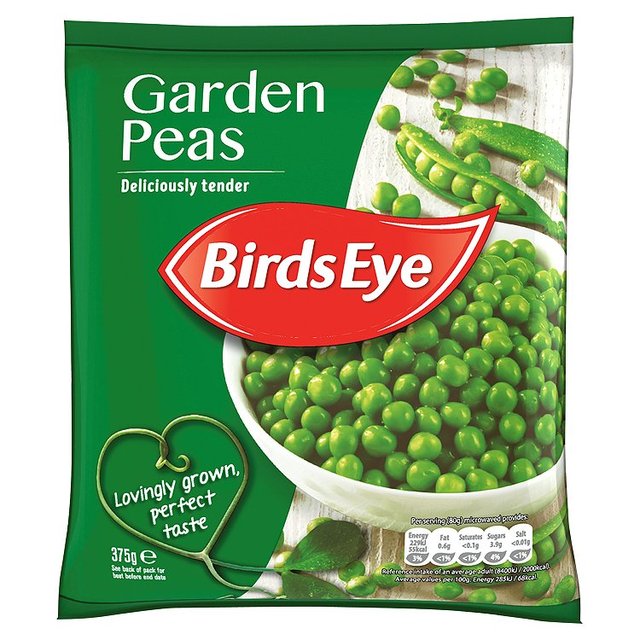
“In still other recipes, such as some that called for oil-cured olives, the Test Kitchen cooks left them out until the end of cooking to make sure their potent flavor didn't overwhelm the dish on serving day. And they recommend adding frozen peas last so they will retain their color, since they need only to be heated through.”
I’ve always appreciated the work the folks at America’s Test Kitchen do. They make mistakes so we don’t have to. And in the case of make-ahead meals, they’ve come through again. Try these tips and you’ll find your refrigerator and freezer will help take your make-ahead recipes from good to great.
- www.americastestkitchen.com
- www.sheknows.com
- www.the-girl-who-ate-everything.com
- www.loewshotels.com
- www.dinnerwithjoy.com
- www.ocado.com
 Alice Osborne
Alice Osborne
Weekly Newsletter Contributor since 2006
Email the author! alice@dvo.com
